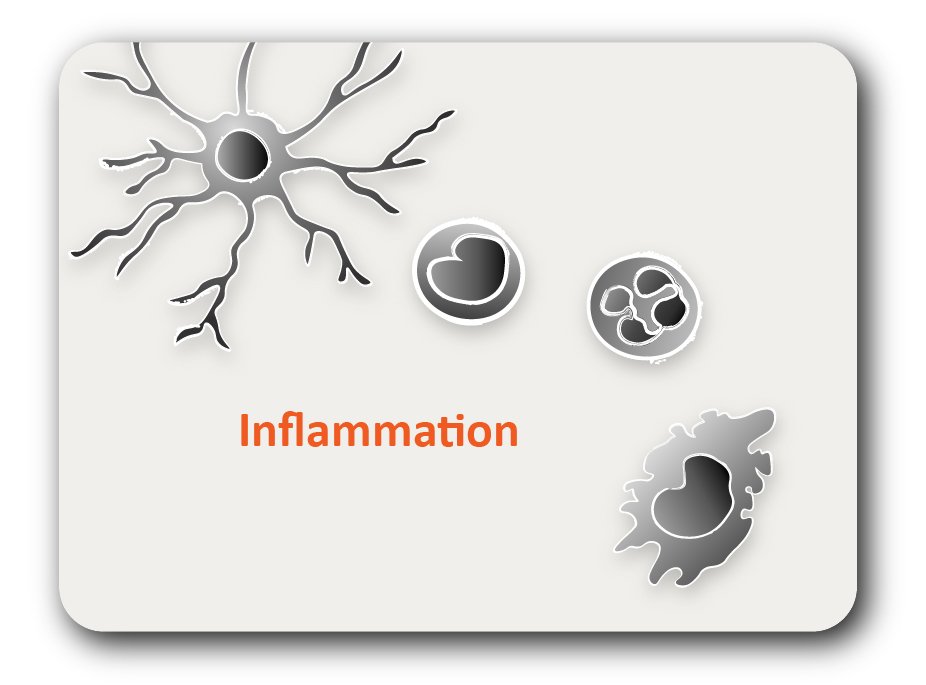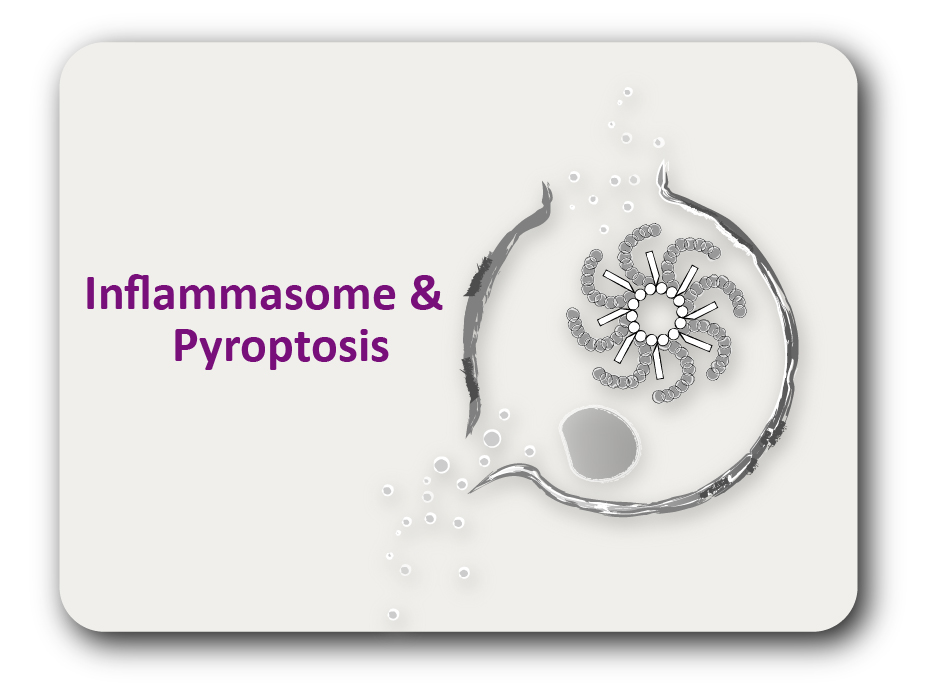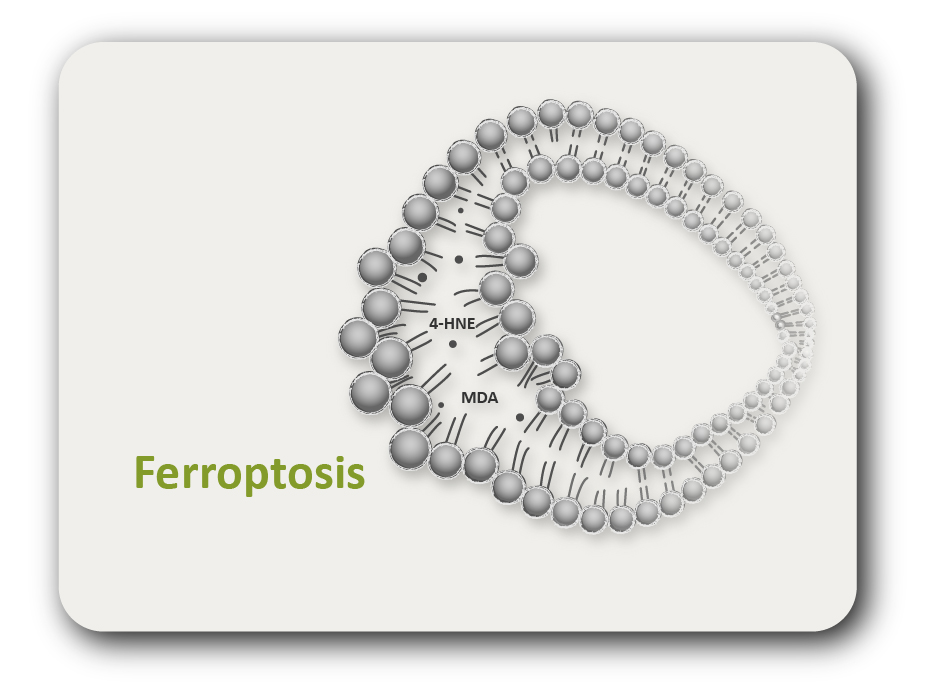ARG53867
anti-CD5 antibody [CRIS1] (APC)
anti-CD5 antibody [CRIS1] (APC) for Flow cytometry and Human
Developmental Biology antibody; Immune System antibody
概述
| 产品描述 | APC-conjugated Mouse Monoclonal antibody [CRIS1] recognizes CD5 |
|---|---|
| 反应物种 | Hu |
| 应用 | FACS |
| 特异性 | The clone CRIS1 reacts with the cell surface glycoprotein CD5, a 67kDa single-chain transmembrane glycoprotein expressed on mature T lymphocytes, most of thymocytes and B lymphocytes subset (B-1a lymphocytes). HLDA I; WS Code T 29 HLDA III; WS Code T 530 |
| 宿主 | Mouse |
| 克隆 | Monoclonal |
| 克隆号 | CRIS1 |
| 同位型 | IgG2a |
| 靶点名称 | CD5 |
| 抗原物种 | Human |
| 抗原 | stimulated human leukocytes |
| 偶联标记 | APC |
| 別名 | CD antigen CD5; Lymphocyte antigen T1/Leu-1; LEU1; T-cell surface glycoprotein CD5; T1 |
应用说明
| 应用建议 |
|
||||
|---|---|---|---|---|---|
| 应用说明 | * The dilutions indicate recommended starting dilutions and the optimal dilutions or concentrations should be determined by the scientist. |
属性
| 形式 | Liquid |
|---|---|
| 纯化说明 | The purified antibody is conjugated with cross-linked Allophycocyanin (APC) under optimum conditions. The conjugate is purified by size-exclusion chromatography and adjusted for direct use. No reconstitution is necessary. |
| 缓冲液 | PBS, 15 mM Sodium azide and 0.2% (w/v) high-grade protease free BSA |
| 抗菌剂 | 15 mM Sodium azide |
| 稳定剂 | 0.2% (w/v) high-grade protease free BSA |
| 存放说明 | Aliquot and store in the dark at 2-8°C. Keep protected from prolonged exposure to light. Avoid repeated freeze/thaw cycles. Suggest spin the vial prior to opening. The antibody solution should be gently mixed before use. |
| 注意事项 | For laboratory research only, not for drug, diagnostic or other use. |
生物信息
| 数据库连接 | |
|---|---|
| 基因名称 | CD5 |
| 全名 | CD5 molecule |
| 背景介绍 | CD5 antigen (T1; 67 kDa) is a human cell surface T-lymphocyte single-chain transmembrane glycoprotein. CD5 is expressed on all mature T-lymphocytes, most of thymocytes, subset of B-lymphocytes and on many T-cell leukemias and lymphomas. It is a type I membrane glycoprotein whose extracellular region contains three scavenger receptor cysteine-rich (SRCR) domains. The CD5 is a signal transducing molecule whose cytoplasmic tail is devoid of any intrinsic catalytic activity. CD5 modulates signaling through the antigen-specific receptor complex (TCR and BCR). CD5 crosslinking induces extracellular Ca++ mobilization, tyrosine phosphorylation of intracellular proteins and DAG production. Preliminary evidence shows protein associations with ZAP-70, p56lck, p59fyn, PC-PLC, etc. CD5 may serve as a dual receptor, giving either stimulatory or inhibitory signals depending both on the cell type and development stage. In thymocytes and B1a cells seems to provide inhibitory signals, in peripheral mature T lymhocytes it acts as a costimulatory signal receptor. CD5 is the phenotypic marker of a B cell subpopulation involved in the production of autoreactive antibodies. Disease relevance: CD5 is a phenotypic marker for some B cell lymphoproliferative disorders (B-CLL, Hairy cell leukemia, etc.). The CD5+ popuation is expanded in some autoimmune disorders (Rheumatoid Arthritis, etc.). Herpes virus infections induce loss of CD5 expression in the expanded CD8+ human T cells. |
| 生物功能 | May act as a receptor in regulating T-cell proliferation. [UniProt] |
| 研究领域 | Developmental Biology antibody; Immune System antibody |
| 预测分子量 | 55 kDa |
| 翻译后修饰 | Phosphorylated on tyrosine residues by LYN; this creates binding sites for PTPN6/SHP-1. |
检测图片 (1) Click the Picture to Zoom In
克隆号文献








